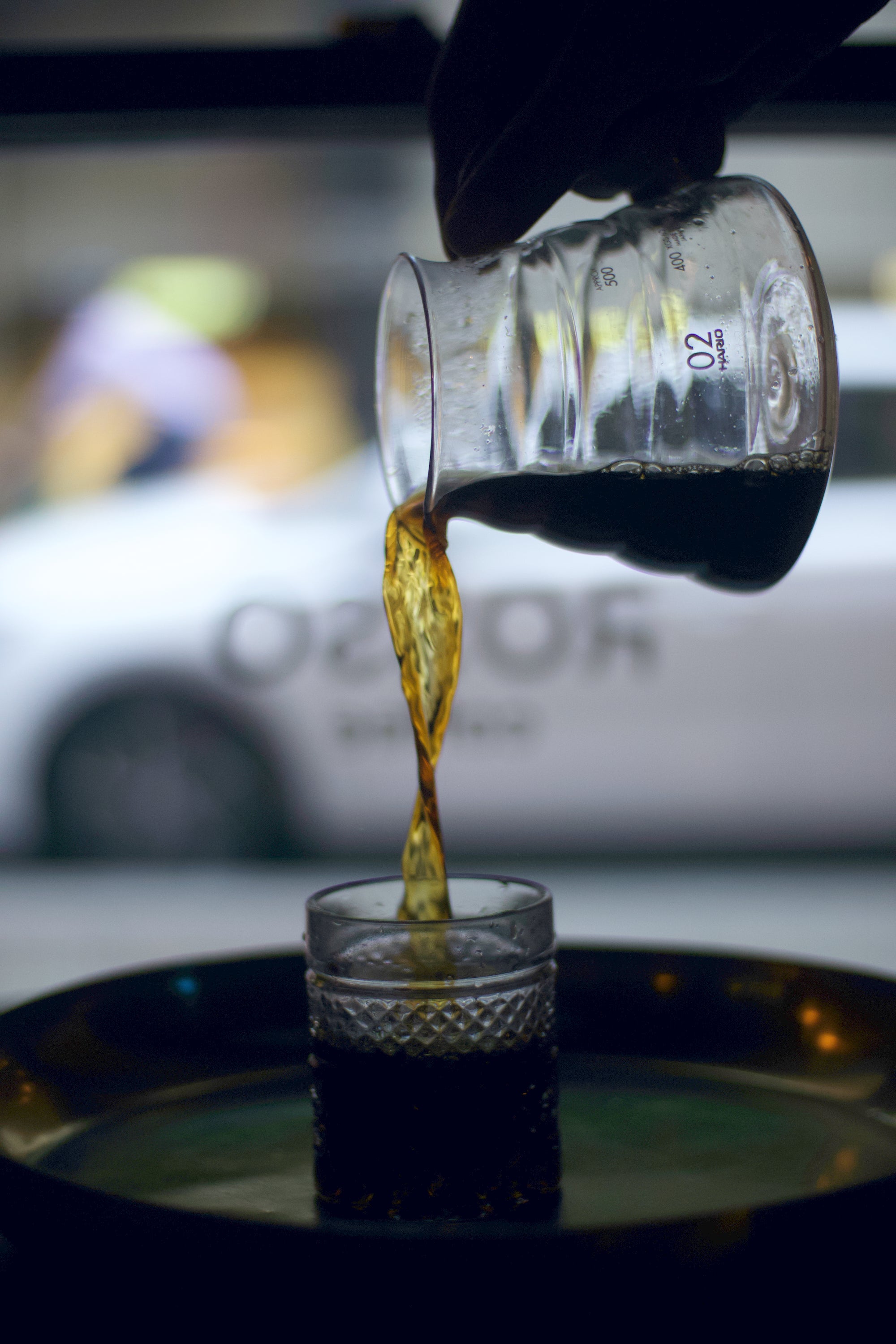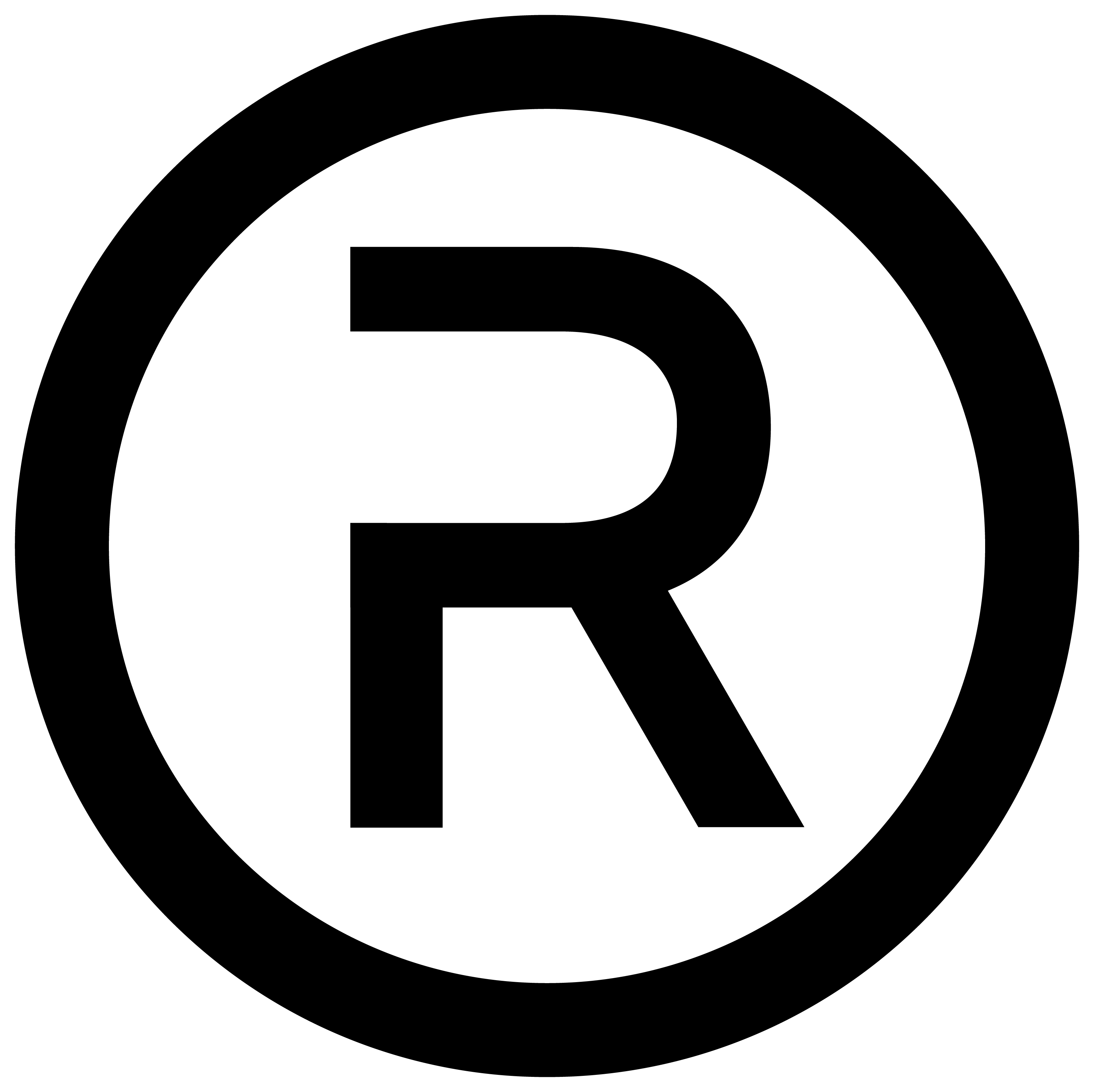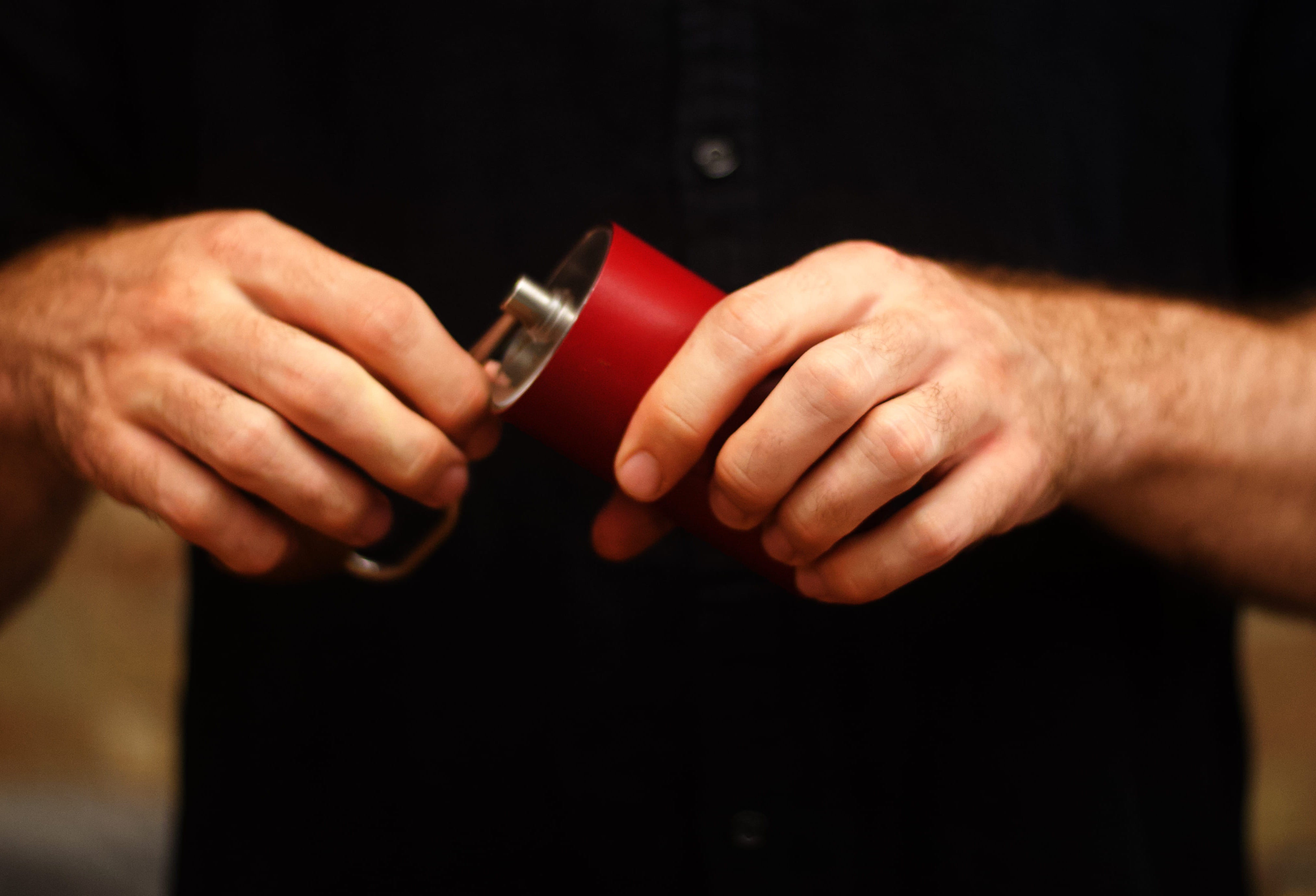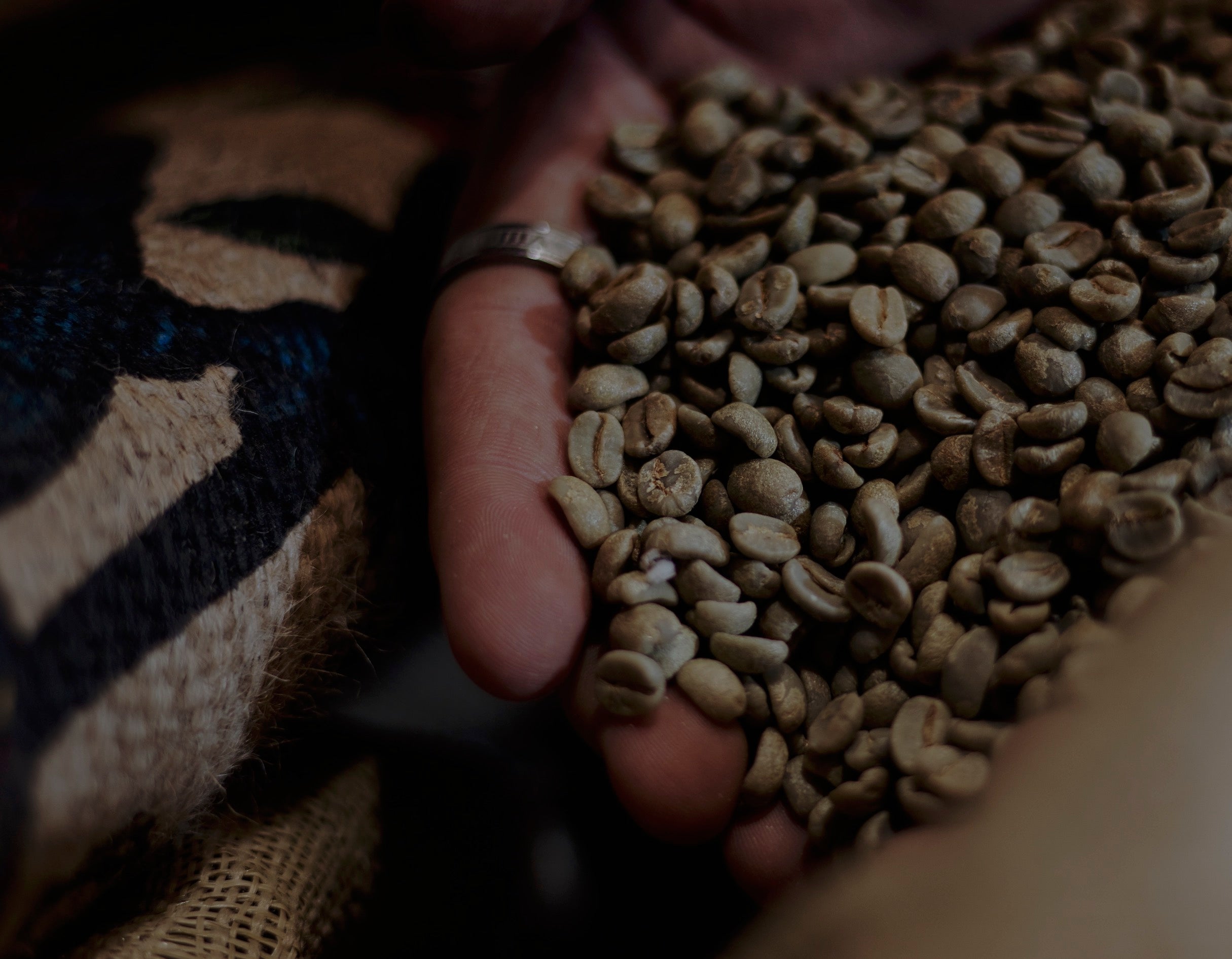
The Caffeine Content in Your Coffee
We often drink coffee first thing in the morning to wake us up and get us ready for the day. If you’re anything like us, it’s obvious when we’ve not had our coffee that day. Whilst we love the effect coffee has on our mornings, it’s important to be mindful on coffee consumption and keep within the limits of the recommended amounts.
Food Standards Australia New Zealand advises that adults do not exceed 400 mg per day and not to exceed 200 mg per serving. So, we’ve done some searching and found some interesting facts about the caffeine consumption in specialty coffee drinks. However, its important to be aware that the true amount of caffeine is hugely varied in every drink. Not only is the caffeine content affected by the bean itself (growing location, varietal, roast type and grind size all play a part) but also the brewing method itself will always have inconsistencies based on brewing temperatures, brewing doses, water hardness and external factors like altitude and humidity. So, remember to take these facts with a pinch of salt and see these values as a rough estimate only.
We’ve taken these facts from Coffeeness.de who seemed to have done the most fair test at testing caffeine consumption, based on a 250 ml serving of coffee (which is just over the usual 236 ml (8 oz) size that is commonly found in Australia).
So let’s look at what the guys at Coffeeness.de came up with:
note: whilst cold brew seems to take the highest amount, it's important to consider that cold brew is typically diluted before sale and is further diluted with ice so it's rare that you'd be consuming 250 ml of pure cold brew. Typically adding a few blocks of ice only really allows around 100-150 ml of cold brew to fit in a cup, so the value you're likely to consume here is around 95 - 112 mg for a 100 ml, and 140 - 180 mg, for more accurate servings.

Used with permission from Coffeeness.de



Leave a comment
This site is protected by hCaptcha and the hCaptcha Privacy Policy and Terms of Service apply.